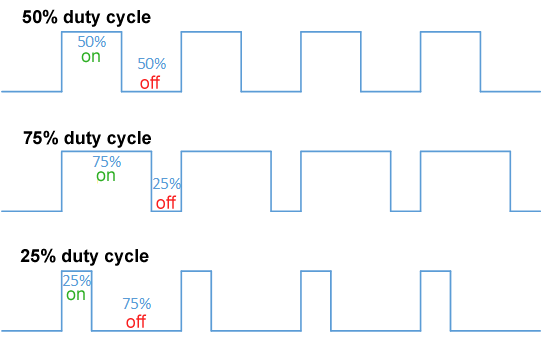Space vector pulse width modulation (SVPWM) for moteus
A permanent magnet motor controller like moteus has to, at the end of the day, apply voltages to the phase wires of a motor in order to induce currents. Those currents generate magnetic fields that push against permanent magnets in the rotor to make the motor move. I’ve looked at parts of this process before, see “Compensating for FET turn-on time”, but in this post we’ll look at an additional technique that can extend the effective modulation depth, thus increasing the maximum speed that a motor can be driven.


